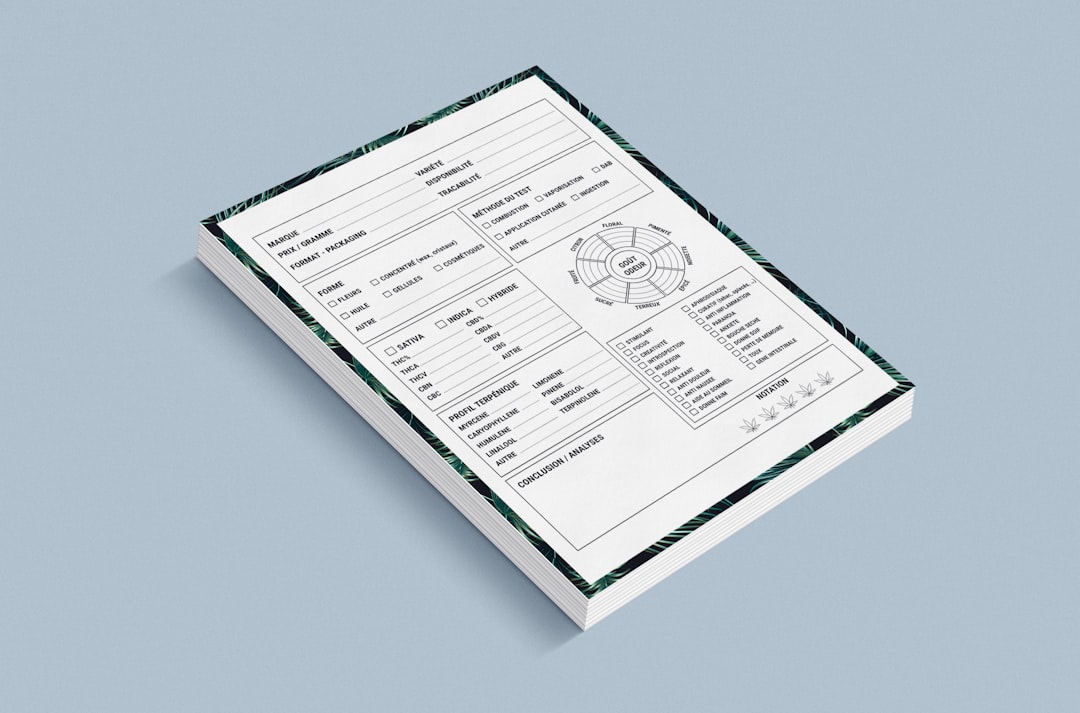Every business transaction typically concludes with a bill, and that bill often comes in the form of an invoice. Whether you’re a freelancer, a small business owner, or part of a large accounting department, understanding how invoice payment works is essential. It’s not just about sending or receiving money—it’s a structured process that helps maintain financial health and transparency. Let’s break this down into manageable steps to make it both clear and engaging.
What is an Invoice?
An invoice is a formal document issued by a seller to a buyer. It lists the goods or services provided, the quantity, the agreed-upon prices, payment terms, and due dates. In other words, it’s a request for payment and a record of the sale.

Step-by-Step Explanation of the Invoice Payment Process
Step 1: Creating and Sending the Invoice
The process begins with the creation of the invoice. Businesses use accounting software or templates to generate invoices that include:
- Invoice number: A unique identifier.
- Date: The issue date of the invoice.
- Details of goods or services: What’s being billed.
- Total amount due: Including taxes and other fees.
- Payment terms: Such as “Net 30”, meaning payment is due in 30 days.
After reviewing the document for accuracy, the invoice is sent to the customer through email, physical mail, or through an invoicing platform.
Step 2: Receiving and Reviewing the Invoice
On the buyer’s side, someone—often from the accounting department—will receive the invoice and verify its details. This includes checking the quantities, pricing, and terms. If there are any discrepancies, the buyer may contact the seller to resolve them before payment is approved.

Step 3: Approving the Invoice
Once verified, internal approval is typically required before payment. In small businesses, this might just be a quick review by the owner. In larger organizations, it may involve several departments signing off.
Many companies use an accounts payable (AP) system to track approvals and ensure only legitimate invoices are paid. Automation in this step can help speed up the process and reduce errors.
Step 4: Scheduling and Making the Payment
After approval, the invoice is scheduled for payment according to the agreed terms:
- Early: To take advantage of early payment discounts.
- On time: To avoid penalties or interest.
- Late: Sometimes due to cash flow issues.
Payments can be made through various channels:
- Bank transfer (ACH or wire)
- Credit card
- Online payment platforms like PayPal or Stripe
- Traditional check (still common in some industries)
Once the payment is processed, it’s recorded in the accounting system on both ends—the buyer marks it as paid, and the seller records it as received income.
Step 5: Payment Confirmation and Reconciliation
After payment, a confirmation—such as a receipt or payment advice—is often sent to the seller. This ensures both parties have a seamless record of the transaction.
Reconciliation is the final step, where the buyer ensures that the payment amount matches the billed amount and checks that there were no transaction errors. Sellers also reconcile incoming payments with their open invoices, closing them out in their system once payment is matched.
Why Understanding Invoice Payment Matters
Knowing how invoice payments work is about more than just tracking dollars and cents. It’s crucial for:
- Cash flow management: Timely payments help maintain a steady cash flow.
- Business relationships: Prompt payments build trust with vendors and partners.
- Financial accuracy: A clear trail of documentation supports audits and forecasting.

Conclusion
The invoice payment process may seem routine, but it’s a vital part of the financial ecosystem that fuels businesses every day. By understanding and streamlining these steps—from creating the invoice to reconciling the payment—both buyers and sellers can enjoy smoother operations, fewer disputes, and healthier financial outcomes. As automation continues to evolve, expect this process to become even faster and more efficient in the future.


